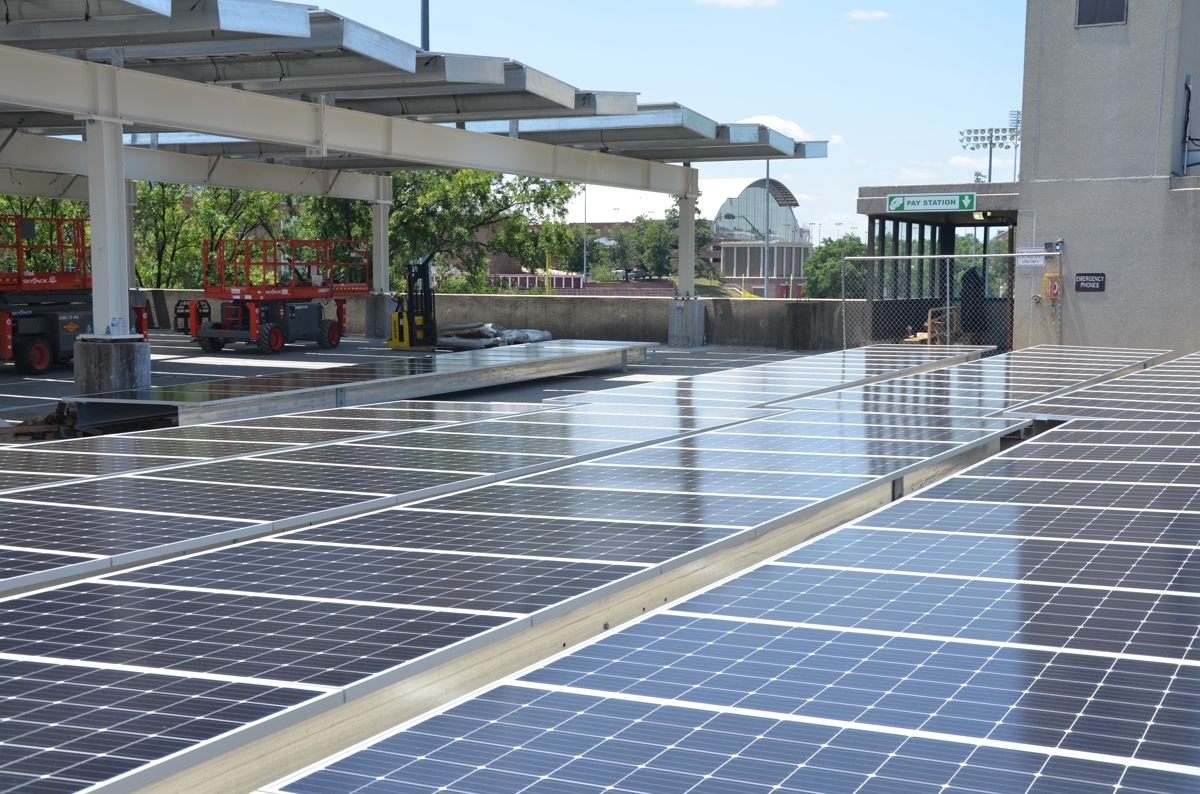The University of Maryland was recently ranked as the second most sustainable school in the Big Ten Conference and ranked 33 overall in Sierra Magazine’s “Cool Schools” sustainability rankings.
Northwestern, the only Big Ten school to beat this university, placed just two spots higher in the overall rankings. This university jumped 11 spots from last year, when it placed 44 out of about 200 schools.
“While we aren’t privy to [The Sierra Club’s] exact scoring for various elements of the data we provide, the fact that we are considered a top ranked school by them has me very satisfied with our efforts to promote sustainability on campus,” said Office of Sustainability Director Scott Lupin.
Katie O’Reilly, adventure and lifestyle editor at Sierra Magazine, said the nonprofit environmental organization obtains school-submitted data, which is filtered through a custom-built formula that assigns different weights to 11 categories. Areas such as campus energy and academics are heavily weighted.
“We take a great pain to make sure everything is accurate and even send the data to an outside data analyst in order to make sure all information is correct before it is published,” O’Reilly said.
The category where this university improved the most from the previous year was the energy category with a 34-point increase.
[Read more: Three new solar canopies are helping UMD exceed its renewable energy goal]
Sally DeLeon, a project manager at the Office of Sustainability, said she thinks the implementation of the President’s Energy Initiatives is why the university scored well in the energy category. The goal of these initiatives is to reduce the electricity consumption on the campus by 20 percent by 2020 through various campus projects, such as upgrading the heating, ventilation and air conditioning systems in Marie Mount Hall. Electricity usage is now down in that building by 19 percent since the project was completed spring 2016, according to the this university’s 2016 Sustainability Progress Report.
The university has increased the amount of renewable energy, such as solar power, it purchases. By 2020 all electricity will be renewable, DeLeon said.
However, while both Lupin and DeLeon said these sustainability rankings are valuable to measure this university’s progress in sustainability, they both admit that comparing universities isn’t always feasible.
“These rankings are important because they get people to pay attention, ask critical questions and think about sustainability,” DeLeon said. “But there are limitations to this ranking list.”
The age of the school’s buildings, the climate it operates in, the funding they receive, among other variables colleges can’t control, can contribute to a school’s success in the categories listed in the rankings, Lupin said. He uses the annual rankings to compare the university’s current sustainability efforts to how it performed in previous years, not to other schools on the list.
[Read more: University of Maryland’s Terp Farm has produced nearly 30,000 tons of food in 3 years]
“We don’t claim to be ultimate arbiters and there’s no perfect ranking system, but we try really hard to make it a tool that helps colleges evaluate and recognize their progress,” O’Reilly said.
The point system for the rankings has changed multiple times over the 11-year period it has been published, O’Reilly said, but the shift is due to the organization favoring a school’s measurable progress and how it is working toward sustainable goals, instead of just its “green” programs.
“I see that the University of Maryland has a lot of ambitious sustainability goals and I commend that,” O’Reilly said. “We are excited to have this university participate and hope [the university] continues to do so in future years.”



